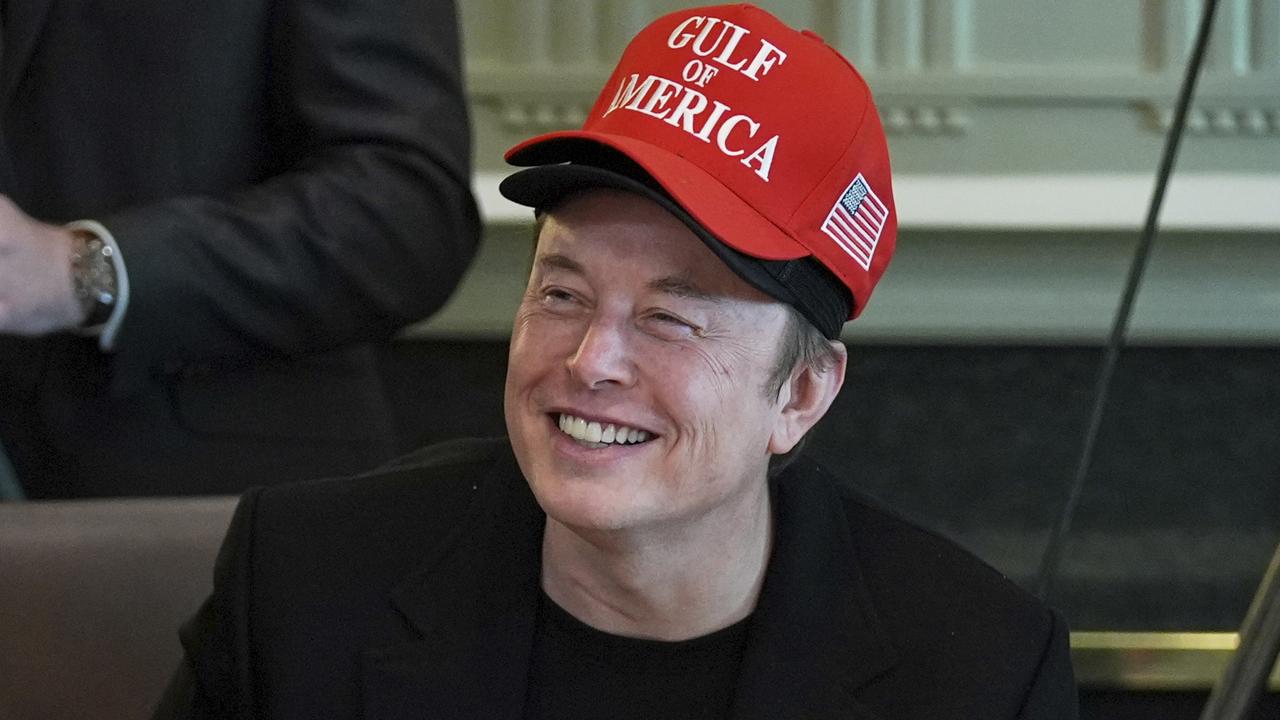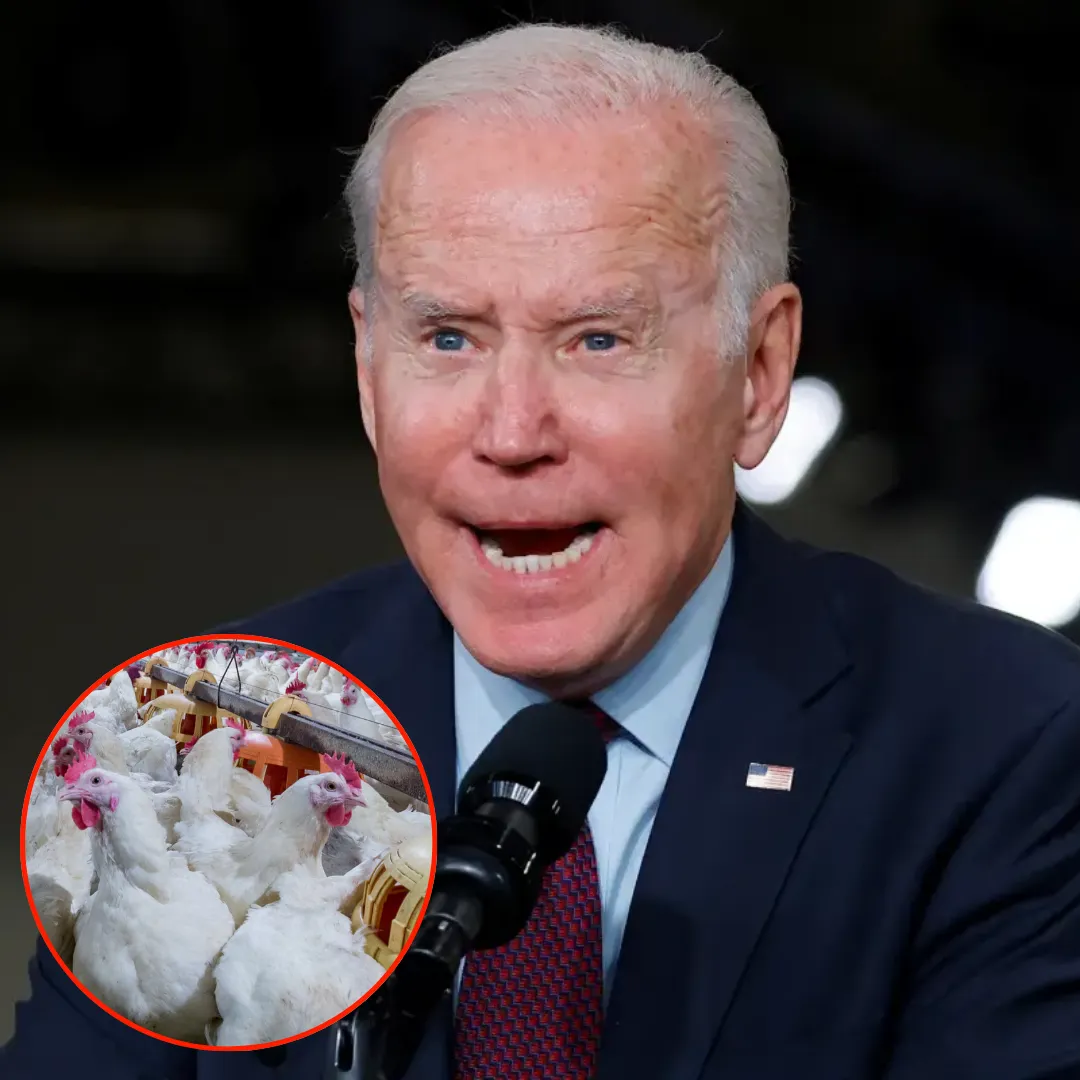
In a move that sends ripples through the political and corporate worlds alike, Elon Musk has officially stepped back from his highly publicized role within the White House’s Department of Government Efficiency (DOGE), marking what some call the end of a controversial experiment in billionaire-led governance. The departure, first reported by the New York Post, signals a shift in the delicate balance Musk has tried to maintain between his sprawling corporate empire and his political influence within the Trump administration’s second term.
Musk’s decision to distance himself physically from the White House, where DOGE headquarters is located mere steps from the Oval Office, does not, however, represent a clean break from power. On the contrary, it suggests a calculated repositioning of Musk’s influence—one that moves out of the spotlight while continuing to wield considerable sway from the shadows.
According to White House chief of staff Susie Wiles, the billionaire technocrat has not physically been present in the West Wing for some time, preferring instead to conduct DOGE-related business via phone. “Instead of meeting with him in person, I’m talking to him on the phone, but it’s the same net effect,” Wiles said.
She emphasized that Musk’s physical absence “really doesn’t matter much,” further asserting that the core DOGE staff Musk personally installed remain at their posts, working toward what she described as “good things” with meticulous attention to government waste and fraud.
Musk himself added a layer of ambiguity to his exit. While reports painted a picture of Musk stepping down entirely by May, his own statements offer a less decisive narrative. Speaking on a recent Tesla earnings call, Musk asserted, “I’ll have to continue doing [DOGE] for, I think, probably the remainder of the president’s term, just to make sure that the waste and fraud that we stop does not come roaring back.”
He added, “I think I’ll continue to spend a day or two per week on government matters for as long as the president would like me to do so and as long as it is useful.” These comments not only contradict the notion of a full withdrawal but suggest that Musk remains deeply invested in DOGE’s mission—at least in theory.
The duality of Musk’s positioning reveals a sophisticated political strategy: retreating from the optics of partisan entanglement while retaining behind-the-scenes leverage. With Trump’s popularity cratering under a sea of economic malaise, foreign policy missteps, and legal entanglements, Musk’s close association with the administration has become a liability—particularly for Tesla shareholders who are watching the company's stock whipsaw amid record profit drops and intense global competition.

His departure from DOGE is being welcomed by many investors who have long feared that Musk’s flirtation with federal power could imperil Tesla’s image as a forward-looking, globally minded company. The line between government and business, once gleefully blurred by Musk himself, is now being carefully redrawn in public view.
Yet it would be a grave mistake to interpret Musk’s move as apolitical or as a withdrawal from Trump’s MAGA coalition. As The New Republic’s Alex Shephard has noted, Musk appears to be executing a public decoupling while retaining private influence.
The reality is that Musk’s presence at DOGE, even in limited form, remains significant. The staffers he selected are still embedded in the department, and his weekly involvement—even if only a day or two—is more than enough to shape policy direction, allocate resources, and send signals to the broader conservative movement that Musk is still in the game.
The question, then, is not whether Musk is leaving government—he isn’t—but rather what the optics of his departure mean in the current political landscape. For Trump, Musk’s presence offered a veneer of technocratic legitimacy, an appeal to Silicon Valley innovation in an administration otherwise characterized by traditional conservative populism.
For Musk, the partnership with Trump allowed unparalleled access to federal power and regulatory levers, all while positioning himself as a necessary figure in America’s “efficiency revolution.”

But the costs of this alliance have become more apparent with time. As Trump battles multiple legal fronts and faces declining poll numbers, Musk’s brand risks collateral damage.
Tesla’s Q1 2025 profits fell by a staggering 71%, triggering alarm among investors and analysts. The company’s poor performance has been attributed not just to macroeconomic factors but also to a loss of consumer confidence in the brand’s leadership. Increasingly, consumers associate Musk with partisan political theater rather than visionary innovation, and that’s a problem for a company that once prided itself on being the future of green technology.
There’s also the geopolitical element to consider. Musk’s association with Trump has alienated key markets, particularly in Europe and Asia, where leaders view the MAGA agenda with suspicion or outright hostility.
Tesla’s global ambitions cannot be realized if Musk is seen as an ideological partner of an American administration increasingly defined by isolationism and confrontation. Thus, the optics of stepping down from DOGE serve not just domestic investors but international interests as well. It is a necessary recalibration, not an abandonment.
At the same time, Musk’s move casts a long shadow over DOGE’s future. The department was effectively molded in his image, driven by his ethos of eliminating waste, fast-tracking technological integration, and undermining bureaucratic norms.
Without his visible leadership, DOGE may face an identity crisis—or it may flourish under the loyalists he left behind, executing his vision without his polarizing presence. Susie Wiles insists that “his people are definitely not” abandoning the mission, a statement that speaks to the depth of institutional loyalty Musk has cultivated.
As the political cycle inches toward 2026, both Trump and Musk are recalibrating. Trump needs to hold his base while expanding appeal to moderates—a tightrope act made harder by the presence of controversial allies like Musk.
Musk, meanwhile, needs to stabilize his businesses, particularly Tesla and SpaceX, without completely alienating the political machinery that has benefited him through subsidies, deregulation, and preferential contracts.
The relationship is far from over—it’s just evolving. Musk’s physical absence from the White House should not be misinterpreted as disengagement. On the contrary, his influence persists through proxies, policies, and weekly phone calls.
He remains one of the most consequential figures in Trump’s Washington, not despite stepping down from DOGE—but because he has found a more politically survivable way to maintain power without its public cost.
In an era where optics often outweigh substance, Musk’s maneuver should be read for what it is: a strategic pivot, not a resignation. The billionaire is playing the long game—both in business and in politics—and his fingerprints on federal policy are not disappearing anytime soon. The age of Musk may be exiting the West Wing, but it still very much defines the corridors of American power.


-1742653910-q80.webp)
